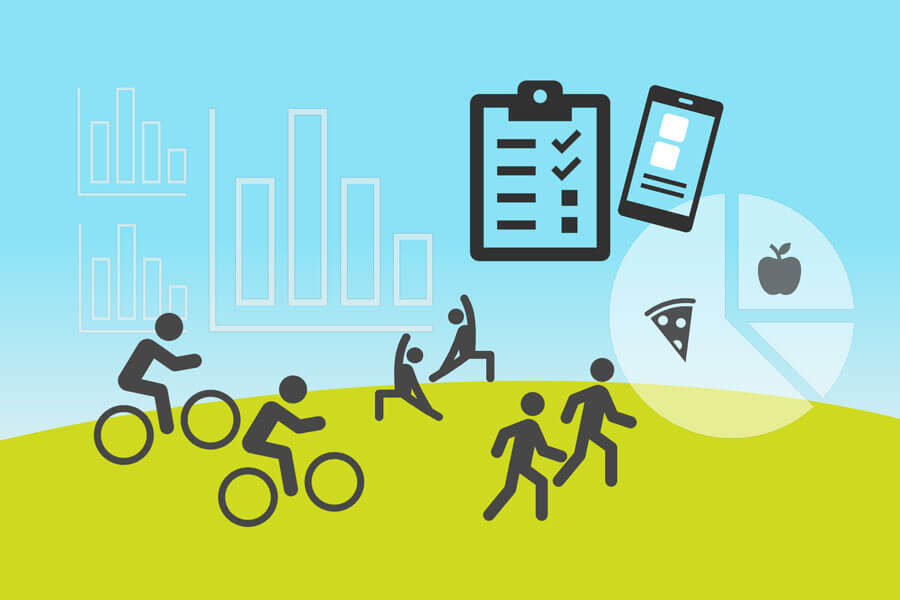Working with policy makers is key to Getting Australia Active

DATE
TYPE Prevention Centre News
Getting Australia Active III: A systems approach to physical activity for policy makers is a world first in its use of systems thinking and a multisectoral approach to solving Australia’s high levels of physical inactivity. The World Health Organization’s Professor Fiona Bull says Getting Australia Active III is timely in its delivery and in its design specifically for policy makers.
The health benefits of a more active society include reducing the risk of a range of chronic diseases including cardiovascular disease, type 2 diabetes, a variety of cancers, dementia, and excessive weight gain in children. Physical inactivity is conservatively estimated to cost INT$54 billion in direct healthcare globally.
“Getting Australia Active III is unique in its systems thinking approach which looks at a whole-of-government approach to addressing physical inactivity, and not just dealing with policy in the health sector. It takes a multisectoral systems approach, with a major output of the project a series of eight summaries covering the domains in the report.
“These summaries act as a kind of ‘cheat sheet’ for policy makers across government, outlining high-level recommendations for change and investment to produce the best societal impact,” said Professor Adrian Bauman, project lead.
This is the third iteration of Getting Australia Active, with previous reports published in 2002 and 2004. Professor Bauman and Adjunct Professor Bill Bellew have been part of the team since its inception.
“The earlier reports were developed in response to the NSW Premier at the time, Bob Carr’s task force on physical activity. Our work has progressed over the decades but Getting Australia Active III is a real response to the ‘market’, as it were; we’ve worked closely with policy makers and the community.
We’ve responded to policy makers’ needs, delivering a unique product in the eight briefs covering eight domains. Each provides guidance as to exactly what needs to be done in that domain and how to implement policy change.
Professor Adrian Bauman
GAA III provides design specifications on effective policies and programs and their implementation across education, transport, built environment, primary and secondary healthcare, communication, community, workplace, sport and recreation. The report and summaries are evidence-based and written mainly for policy makers in states and territories.
“Our networks have really used this resource already, which is music to our ears. This is now the primary resource in addressing Australian systems approaches to physical activity (ASAPa),” said Adjunct Professor Bill Bellew, from the University of Sydney and Prevention Centre project team.
“The previous Getting Australia Active reports were the ‘first wave’ of ASAPa on adults. We’re now focusing on the rollout to children and a lot of work is being done in this area in the research and as well as policy. Physical activity is a fundamental skill that needs to be embedded early in life for ‘health literacy’, like the alphabet is the basis for educational literacy,” said Professor Bellew.
What is key to the specifications in the eight summaries is the need for domains to work across agencies and in partnership to capitalise the corollary of co-benefits.
“For example, if there is a change in policy in the built environment to introduce cycle paths to an area, a co-benefit arises in health when more people are cycling to work and school,” says Ms Tracy Nau, from the University of Sydney, and Prevention Centre project team.
“These briefs have not been developed in a vacuum. We’re lucky to have worked with policy makers in preparing this report and the summaries. They have given us honest feedback and we’re now receiving preliminary reports on how they are being used,” says Ms Nau.
In the context of the World Health Organization’s Global Action Plan on Physical Activity of which Australia is a member state signatory, the Getting Australia Active III report and summaries are a linchpin to the next phase of implementing a whole-of-systems approach to physical activity in Australia.
“We know that Getting Australia Active III is key to the government’s planning for its 10-year National Preventive Health Strategy and the National Physical Activity Strategy. We will be working closely with governments, agencies and communities and this report will help to shape these,” said Professor Bellew.
Read more
- Summaries: Eleven summaries on the eight policy domains and key supporting chapters in Getting Australia Active III
- Video: Getting Australia Active III: A systems approach to physical activity for policy makers
- Prevention Works podcast with Professor Adrian Bauman, Tackling how to get Australians moving each and every day
- Video: The rise and fall of systems approaches to physical activity: This presentation provides an overview of ASAPa’s work to date, including key findings from an audit of physical activity policies, programs and prevalence measures.
- Video: The physical activity landscape in Australia: Mapping physical activity programs: This presentation details findings from an audit of population level programs and large scale interventions promoting physical activity across multiple sectors, states and territories, as well as nationally.
- Video: Conceptual systems map for physical activity in Australia: This short video explains the components of a conceptual systems map for physical activity in Australia.



